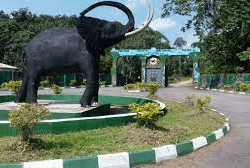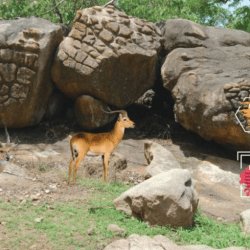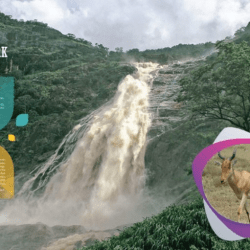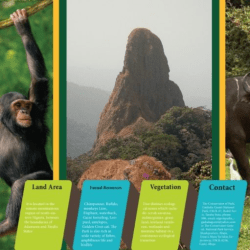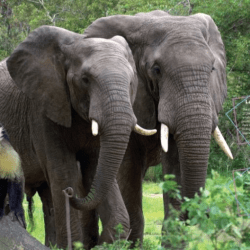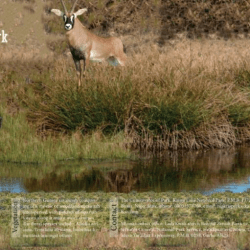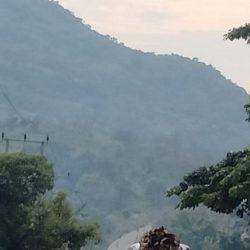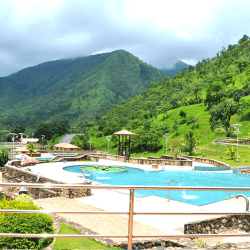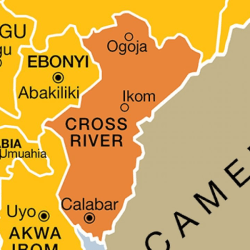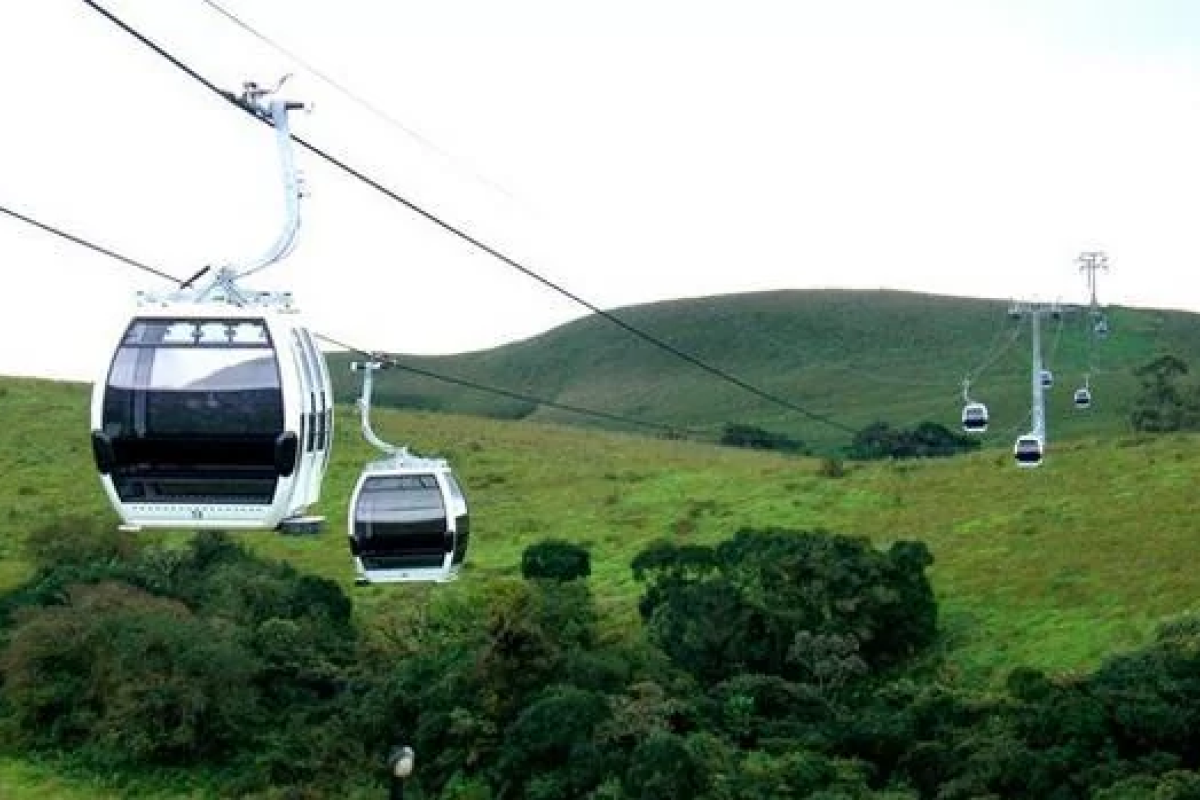Cross River National Park is located between Latitude 5o 05’ and 6o 29’ N, and Longitudes 8o 15’ and 9o 30’ E, in the extreme south-eastern corner of Nigeria, in Cross River State. It covers a total area of about 4000sq km of mainly primary moist tropical rainforest ecosystem in the North and central parts, and montane mosaic vegetation on the Obudu Plateau.

It is Nigeria’s last Great Rainforest Reserve, and the closest to the Mangrove Swamps on the coastal region.
The Park’s Ecosystem
Along with Korup National Park in the Republic of Cameroon, Cross River National Park is an important biotic reserve which contains one of the oldest rainforests in Africa. It is also one of the 25 United Nations acclaimed biodiversity hot spots in the World. Some portions of the Park lies in the Guinea-Congolian region of the lowland rainforest refugia with closed canopy and scattered emergent trees which reach a height of between 40 and 50 meters. Studies have revealed that vegetation here has evolved over 60 million years ago.
There are 119 species of mammals in the Park. These include 18 out of the 23 species of monkeys found in Nigeria (representing 78% of Nigeria’s total), 48 species of Fish and 950 species of butterflies (90% of Nigeria’s totals) among a wide array of insects.
The Park exists in two distinct, non-contiguous divisions; Oban and Okwagwo.
Oban Division: is the larger of the two divisions and is about 3000sq km in size with very high biodiversity concentration. It is ecologically contiguous with Korup National Park in the Republic of Cameroon separated only by the international boundary between Nigeria and Cameroon. About 1,568 plant species (77 of which are endemic to Nigeria); 75 mammals including forest elephant, Chimpanzee, Drill and Buffalo; 382 birds including the olive green ibis and 42 snake species have all been documented in the Park. It is also rich in epiphytic ferns and orchids.
The Oban division operates in two Ranges, Oban East and Oban West, for management and administrative convenience.
Okwangwo Division: is approximately 1000 sq. km, and has about 1,545 documented species of plants in 98 families. It is equally rich in biodiversity, some of which are extremely rare. Two species of plants; Anceistocladus korupensis and Prunus Africana are generally regarded to have high medicinal properties – the former is claimed to be effective against HIV/AIDS, and the latter against prostrate cancer. These scientific discoveries have brought world attention to the Park due to their probable beneficial medicinal properties.
Six (6) species of plants discovered in the area are said to be new records for Nigeria while four (4) are new to science. The new records for Nigeria include: Asplenum cornutum (ASPLENIACEAE), Arthropteris monocarpa (DAVALLIACEAE), Bulbophyllum bequaertii (ORCHIDACEAE), Bulbophylum. medicum (ORCHIDACEAE), Disperis nitida (ORCHIDACEAE),and Habendria oborata (ORCHIDACEAE).
There are also possible records of species new to science. These are Tridactyle sp nov. (ORCHIDACEAE), Uapaca sp nov. (EUPHORBIACEAE), Hebenaria sp nov. (ORCHIDACEAE) and Afrocalathea flavida sp nov. (MARANTACEAE).
Ethno-botanically, at least 75 plant species from 54 families in the area are used by the local communities in and around the Park in curative therapy.
Many animal species occur in the Division, some of which are endemic in the area. One of the most interesting species is a sub species of the Gorilla – Gorilla gorilla diehli which is endemic to the area. The Bare-headed Rock Fowl – Picathartes oreas hitherto thought to be extinct is also endemic to the area.
Okwangwo Division operates as a single Range, Okwangwo Range, and borders Takamanda National Park in the Republic of Cameroon.
Reference
http://nigeriaparkservice.gov.ng/2014/08/12/cross-river-national-park/
